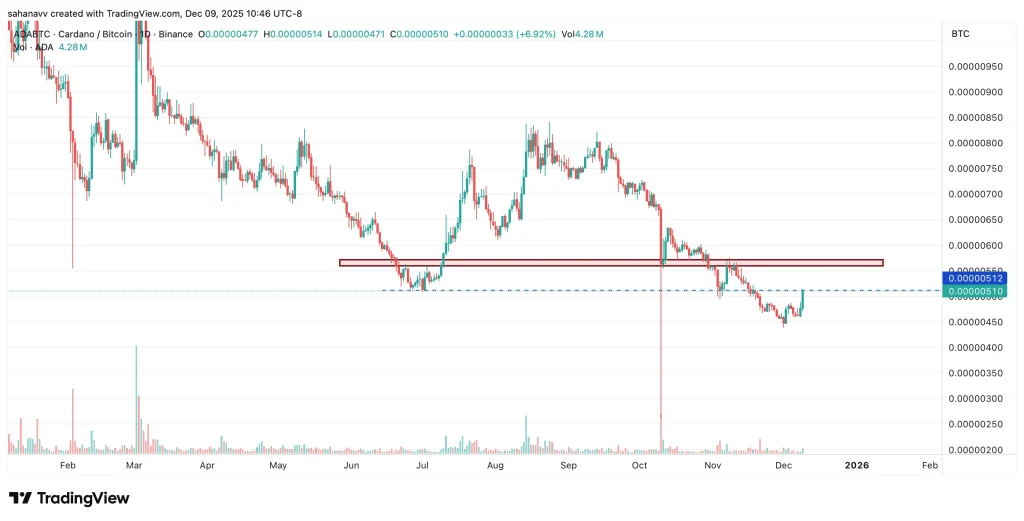Industry leaders cheer liquid staking's SEC green light, opening doors for institutional adoption
Quick Take The SEC’s latest guidance says receipt tokens representing staked crypto assets are not securities when the underlying activities are “ministerial or administrative” and not driven by entrepreneurial effort. Liquid restaking total value locked (TVL) on Ethereum stands at around $24 billion as of Aug. 5, The Block’s data shows.

The U.S. Securities and Exchange Commission on Tuesday said certain forms of liquid staking fall outside the scope of securities laws , marking a departure from the agency’s previous enforcement-led approach to crypto and signaling a major unlock for institutional adoption.
The guidance, part of the SEC’s Project Crypto initiative, clarifies that receipt tokens representing staked crypto assets are not securities when the underlying activities are "ministerial or administrative" and not driven by entrepreneurial effort. That distinction is being hailed as a pivotal shift by industry builders and infrastructure providers.
"The SEC’s liquid staking guidance represents a fundamental shift in how institutional capital can interact with blockchain networks, moving beyond the regulatory gray area that has constrained a potentially massive market segment," said Abdul Rafay Gadit, co-founder of Layer 1 blockchain ZIGChain, in a statement.
"[T]he agency has essentially legitimized institutional treasury strategies that were impossible under enforcement-driven uncertainty," Gadit said. "This means pension funds and asset managers can now earn staking rewards (typically 5%-15% annually) while maintaining immediate access to their capital through tradeable receipt tokens — solving the liquidity problem that previously made blockchain staking incompatible with institutional treasury requirements."
While the SEC's stance stops short of endorsing all staking mechanisms, it draws a line between permissionless, protocol-driven systems and those with managerial discretion, potentially clearing the way for decentralized liquid staking platforms to scale without triggering regulatory pushback.
"The SEC’s recent statement clarifying that certain liquid staking activities fall outside securities laws represents a watershed moment for the crypto industry," said Marcin Kazmierczak, co-founder of oracle protocol RedStone. "This regulatory clarity is particularly timely given the DeFi market’s surge to a three-year high of $153 billion, with Ethereum maintaining dominance at nearly 60% of total value locked."
New growth phase
Kazmierczak pointed to the growth of Ethereum-based liquid staking protocols as proof of demand — and now, with regulatory clarity, as a signal of what’s to come. Liquid restaking total value locked (TVL) on Ethereum jumped from $284 million to $17.26 billion in 2024, according to RedStone. That TVL stands at around $24 billion as of Aug. 5, according to The Block's data dashboard.
"The SEC's framework will likely drive further adoption as protocols can now operate with confidence, offering yields while maintaining compliance," he said.
Gadit said the ability to access staking yields without locking up funds solves a long-standing institutional roadblock. Instead of locking capital for months, institutional investors can now stake assets, receive liquid receipt tokens, and deploy those tokens in collateral, trading, or portfolio management strategies — all while continuing to earn staking rewards.
Kazmierczak added that the SEC's language also incentivizes decentralization, pushing liquid staking token (LST) providers to reduce human involvement and embrace protocol-level mechanics. That shift, he said, "benefits the entire ecosystem by reducing single points of failure and aligning with blockchain’s core principles."
With Ethereum staking climbing past 33.8 million ETH — roughly 28% of total supply — and the broader staking market topping $60 billion in TVL, the SEC's pivot could mark the beginning of a new growth phase.
"This represents broader recognition that blockchain networks need institutional participation to achieve the scale and security required for mainstream financial infrastructure," Gadit said.
Disclaimer: The content of this article solely reflects the author's opinion and does not represent the platform in any capacity. This article is not intended to serve as a reference for making investment decisions.
You may also like
Ethereum Price Holds $3,000; Here’s Why Bitcoin Still Decides When the Next Altseason Begins

Crypto Market Live: Why This FOMC Could Reset Market Expectations After a Volatile Quarter
Cardano Price Rises—Is This a Recovery or Just Another ADA Relief Bounce?

Zcash Floats Dynamic Fee Plan to Ensure Users Won’t Be Priced Out

